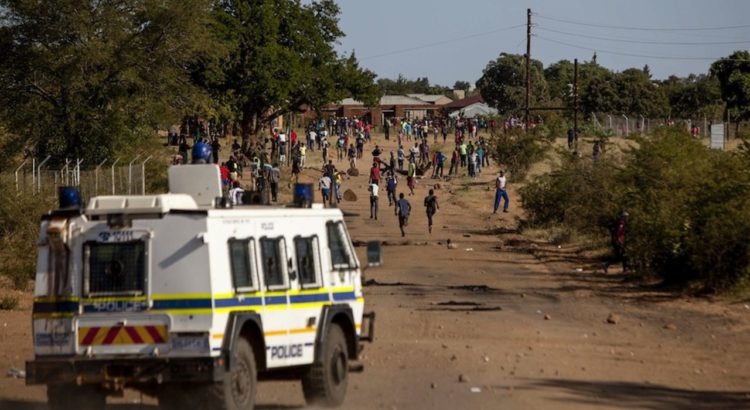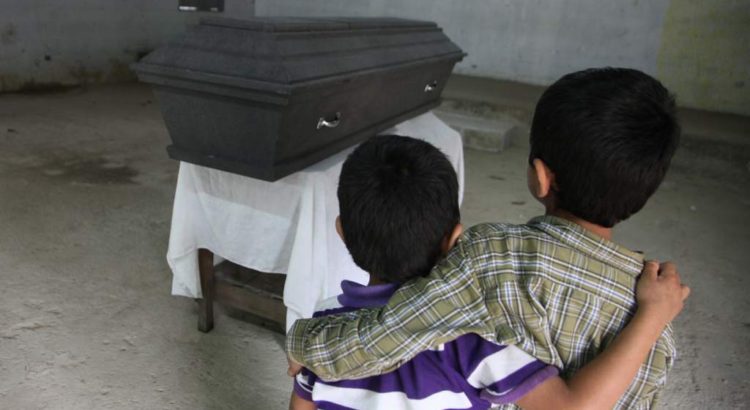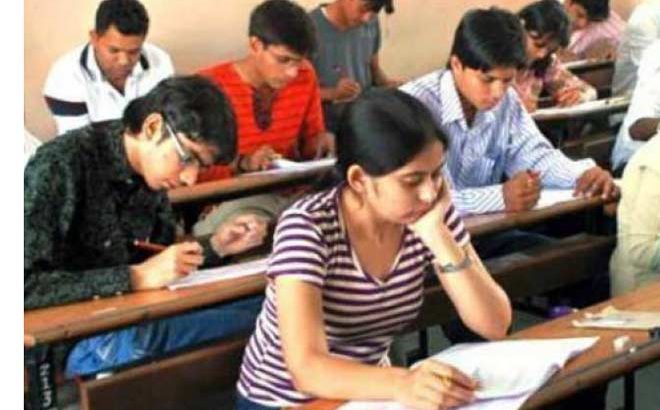África/Sudáfrica/Septiembre de 2016/Fuente: Mail & Guardian
RESUMEN: La Comisión de Derechos Humanos de Sudáfrica (SAHRC) ha publicado su informe sobre los impactos de acción de protesta sobre el derecho a la educación básica. Con la dura tarea de equilibrar el derecho a la protesta, junto con el derecho del estudiante a la educación básica, la SAHRC llegó a conclusiones significativas sobre la base de las audiencias con diversas partes interesadas. El informe fue elaborado después de que la SAHRC armó un panel que escuchó a presentaciones realizadas por el departamento de educación básica, el Servicio de Policía de Sudáfrica (SAPS), y las organizaciones no gubernamentales tales como la educación básica para todos, una organización voluntaria en Limpopo. Las audiencias se produjo a raíz de las protestas en Vuwani, Limpopo a principios de este año, cuando se prendió fuego a un número de escuelas.
The South African Human Rights Commission (SAHRC) has released its report on how protest action impacts the right to basic education. With the tough task of balancing the right to protest along with a student’s right to basic education, the SAHRC made significant findings based on hearings with various stakeholders.
The report was compiled after the SAHRC put together a panel who listened to submissions made by the department of basic education, the South African Police Service (SAPS), and non-governmental organisations such as Basic Education For All, a voluntary organisation in Limpopo. The hearings came about in the aftermath of the protests in Vuwani, Limpopo earlier this year when a number of schools were torched.
Some of the key findings mimic what happened in Vuwani such as how, in many cases, protesters are not centering their protest on education.
1. Most protests have nothing to do with education
The SAHRC found that although schools and access to schools may be affected by protest action, education is often not the point of the protests. In South Africa, there are least 13 000 protests in a year which involve a rage of issues including water, electricity, proper sanitation services, housing and unemployment.
The commission finds that the right to a basic education is affected by protest-related action arising from causes that in most cases may be unrelated to the provision of basic education. Protesters who deny access to education are violating the right to a basic education of the affected pupils,” the report said.
2. Schools get burned because leaders don’t listen
More than 8 million South Africans are without jobs. In their presentation to the commission, Basic Education For All said the Limpopo government had failed to address deep-rooted community concerns and the “matter was left to fester”. In the report, the SAHRC finds that adequate responses from leadership are not a problem unique to Limpopo.
“The investigative hearing noted that the challenges of unemployment and poverty that face South Africa have created high levels of frustration among young people. The extent of frustration does not appear to be sufficiently recognised by people in all levels of leadership,” the report said.
“The panel identified a growing sense of despair, frustration and discontent that is in part a result of people not being able to experience the changes promised by the democratic transition.”
3. Protesters haven’t experienced the better life basic education promises
In its report, the hearings noted that people don’t always deliberately target schools, but they do it because government responds quicker when schools are affected. Those who don’t target schools – but who may affect protests by disrupting transport services or access routes – may have less sympathy for basic education because they have not witnessed a change in their own lives.
“It appears that the disregard for the right to a basic education may also be based on a view that education is not necessarily a guarantee of a better life. This is a view expressed particularly by some who live in conditions of poverty, unemployment and joblessness,” the report said.
Thus, the report concluded that the right to basic education isn’t always respected. The education department, in its submission to the panel, recommended that guidelines for greater awareness around the importance of basic education be developed and implemented.
4. Authorities like the education department and the SAPS are slow to respond
The report indicates that both the SAPS and the basic education department aren’t always prepared for protests and there is no uniform policy in place to mitigate the effects of protests on pupils and schools. The education department admitted that it had been “surprised” by the incidents in Vuwani.
“The department of basic education was overwhelmed by the situation and did not imagine that so many schools would be affected. The department is seeking expert assistance from outside it to help identify alternative solutions and interventions,” the report said.
The SAPS, in its submission at the hearing, gave a detailed response which included that measures had been taken to protect schools in the aftermath of Vuwani. However, the SAPS said they are under-resourcedand are struggling to manage public order when there are at least 13 000 protests a year. The SAPS resources include 28 units with 4 227 members, and there are 25 720 schools around the country. There is currently a three-year plan in place to increase Public Order Policing (POP) units and the members in these units.
The SAPS have been heavily criticised for the violent manner with which they have responded to protests in the past, but the report gave a reminder as to what the mandate of POP units in the SAPs is.
“The role of POP is to manage protest. POP is not supposed to suppress the rights of people who protest but rather to ensure that protests do not interfere with the realisation of other people’s rights,” the report stated.
5. The impact on pupils
The report found that most pupils affected by protests are poor and are relying on an education system that does not provide them with the best quality education. As such, they are deeply affected when exam time is near.
“Most of the schools targeted in protest-related actions are located in the most marginalised sections of society where conditions at schools and the attendance of pupils are already precarious,” the report stated.
Teachers too have a harder time performing their jobs and in some cases, pupils are roped in to protests to achieve the political objective of older protesters.
The report did, however, fail to get much insight from pupils themselves. Many of the submissions were made by government departments, community leaders and other institutions. People who protest were also largely excluded from the hearings, which meant that much of the insight gathered on why schools become enmeshed in protest action is not told directly from people who protest at schools.
Among one of its key recommendations was that the education department develop a National Public Protest Response Team that will include relevant departments to establish early warning systems and provide clarity on the roles and policy of each department when protests take place.
The report is set to be tabled in Parliament so that the recommendations can be implemented.
Fuente: http://mg.co.za/article/2016-09-15-five-significant-findings-from-the-south-african-human-rights-commissions-educationprotestreport













 Users Today : 10
Users Today : 10 Total Users : 35460313
Total Users : 35460313 Views Today : 11
Views Today : 11 Total views : 3419039
Total views : 3419039